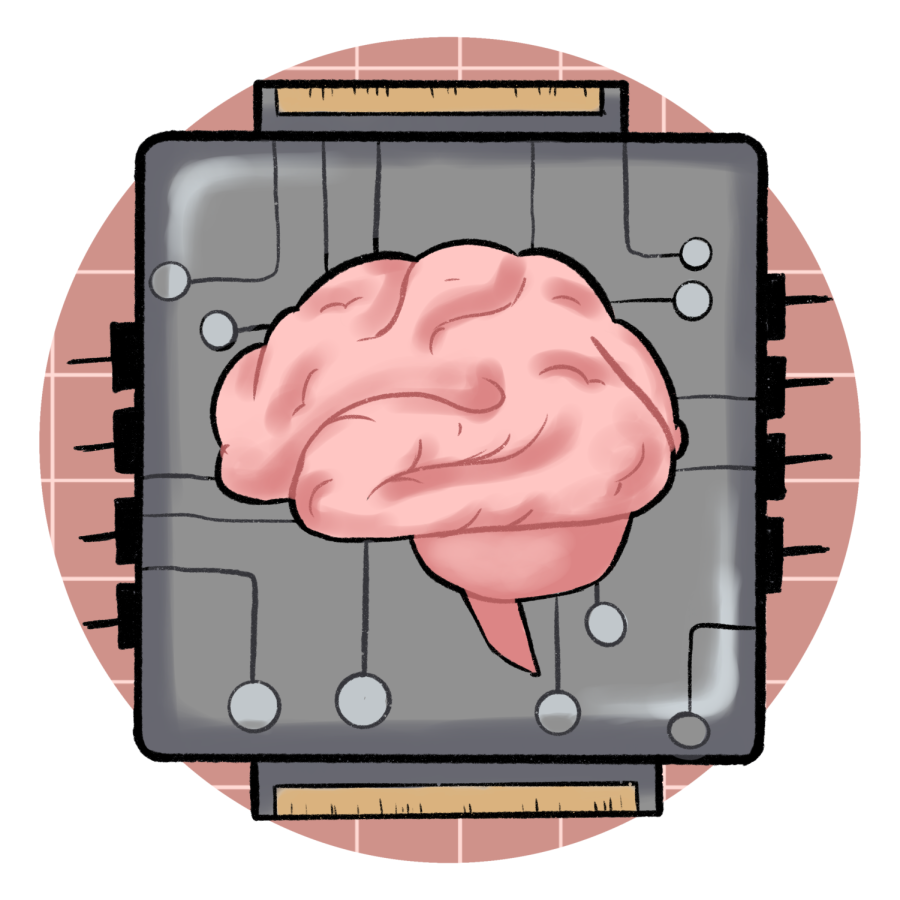UT researchers develop brain-like transistors
August 26, 2022
UT researchers have developed new biocompatible transistors that mimic brain synapses, an advancement that could potentially help scientists to rebuild neural pathways or create brain implants.
While the transistors are not currently ready for use in humans, the team hopes to use them to create brain-like computers that can work alongside the human brain, said Jean Anne Incorvia, assistant professor of electrical and computer engineering.
“There’s a big goal in our field of building brain-inspired computers,” Incorvia said. “We can imagine that it could seamlessly work alongside a human brain so the human brain is doing processing, and then at some point, it’s connected to these (synaptic transistors), which then start doing neuromorphic computer processing with it. So we have this brain-machine combination for doing tasks.”
The transistors transfer signals in the same way synapses transfer impulses between neurons, co-author Dmitry Kireev said.
“Ideally, you want implants that are part of the brain and that don’t consume enormous amounts of energy that can work on the same energetic level with the brain,” said Kireev, a postdoctoral research associate at UT.
While traditional computer transistors are made of silicon, the synaptic transistors used by the researchers are made of graphene, a thin, flexible material that better interfaces with brain tissue, Kireev said.
“One bigger problem with technologies that exist is that these devices are all rigid,” Kireev said. “They’re all built on silicon or other materials that are rigid, inflexible, thick, bulky. This is something that you cannot really have (as) part of the brain, you cannot couple this with biological tissue because your brain doesn’t really like anything rigid.”
The synaptic transistors also use less energy to transfer signals than existing technologies, Incorvia said, helping devices to increase their efficiency.
“There are a lot of very stringent requirements for using a synaptic artificial synapse properly that will interface with the brain,” Incorvia said. “Another big requirement is the very low energy to switch it to the different synaptic states.”
Research co-author Samuel Liu said the transistors could be used to make computers operate on a neural network.
“A lot of software uses neural networks to try to accomplish things like better phone cameras, facial recognition (and) speech recognition,” said Liu, a Ph.D. student in electrical and computer engineering. “The most immediate goal would be … to implement these functionalities in hardware.”
Kireev said the transistors also use less energy than a real brain synapse does, which could make them compatible with the brain tissue.
“This is what truly gives us the hope that we can actually put it together with the biological tissue,” Kireev said.















